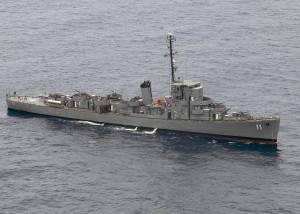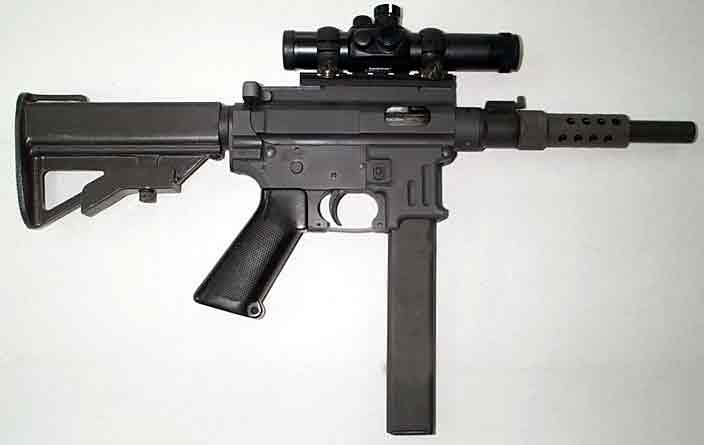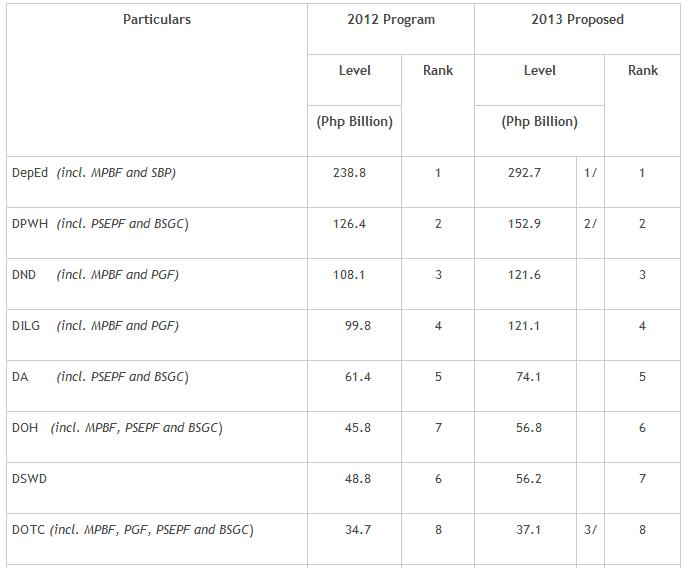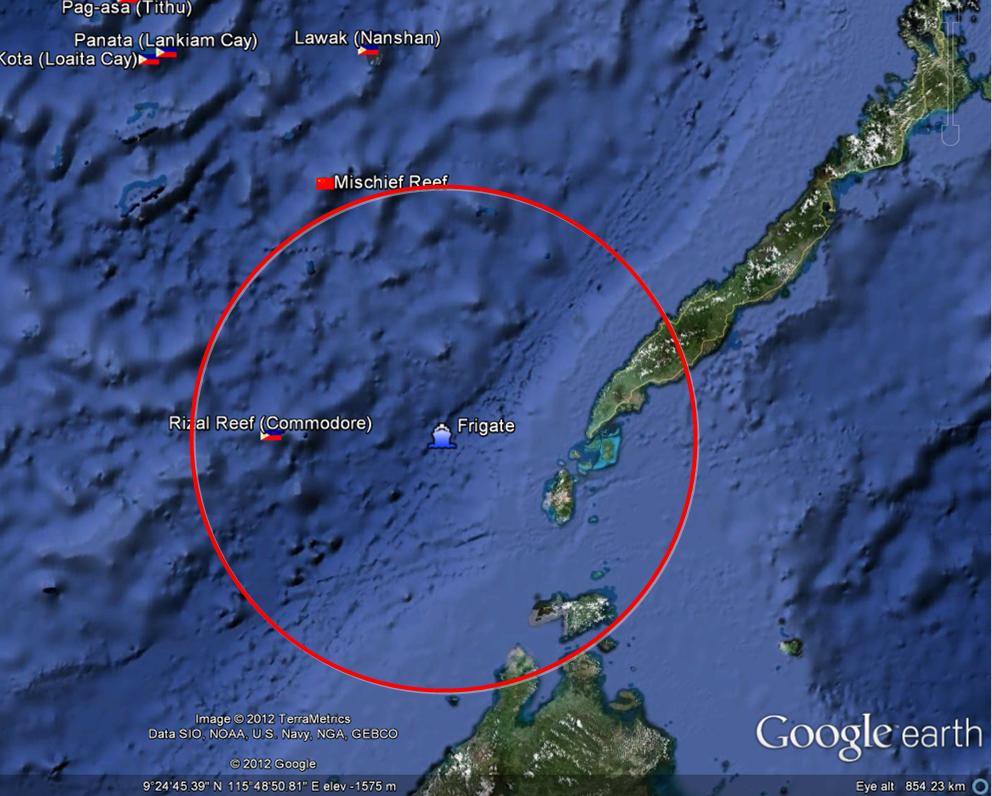
Philippine Defense Today (Adroth.ph)
In Defense of the Republic of the PhilippinesPhilippine Navy floating drydock to undergo repair
Thursday , 11, October 2012 Philippine Navy, Ships Leave a commentYD-204, a Philippine Navy floating drydock, will undergo a P9.7M maintenance cycle. A bid invitation for the supply of parts and labor registered with PhilGEPS on October 3, 2012. This invitation is due to close on the 23rd of October.
The vessel was also slated to enter into drydock on April and June of 2011. The fate of those efforts, which were valued at P19.5M, and how they relate to this project is unclear as of writing.
A floating drydock is a specialized vessel designed to lift other ships out of the water to facilitate inspections and repair. A photograph of the YD-204 is available on Timawa.net at the following thread.
BRP Rajah Humabon (PF-11) to go into drydock
Thursday , 11, October 2012 BRP Rajah Humabon (PF-11), ex-USN Cannon class, Philippine Navy, Ships Leave a commentThe Philippine Navy will be spending P19.1M for drydocking and repair expenses for the BRP Rajah Humabon (PF-11). Re-bidding invitations were posted on PhilGEPS on October the 5th, indicating that an earlier bidding attempt had failed. The current bids (PB-296-PN-12 and PB-295-PN-12) are both due to close on the 23rd of October.
The 69-year old PF-11 (launched in 1943) is the last of the PN’s Cannon-class Patrol Frigates, and up until the arrival of the BRP Gergorio del Pilar was the Philippine Navy flagship.
 |
US Navy photo from Balikataan 2009
As of writing, the Pag-asa Elementary School is not yet under the administration of the Department of Education. Reportedly the DepEd is only providing technical assistance at this point, because the Municipal government of Kalayaan is still working to fulfill the following requirements:
1. Formal turnover of a one hectare plot of land for the school. A requirement that is complicated by the absence of land titles on the island.
2. Financial commitment to provide for the salaries of the teaching staff of the school for the next five years. As of the moment, the school has one teacher. The plan is reportedly to eventually have a two-teacher staff, with one teaching assistant.
As part of the school’s expansion plan, a two-storey building is being planned for the next school year. Funds for the new structure were reportedly promised by Cong. Antonio Tinio. Details of this commitment are unclear at this time.
There are currently 24 children that call Pag-asa, Kalayaan (Philippines) home. Fourteen are from fishing families, while the other 10 are children of municipal workers. Children of the latter go to school in Palawan. Of the remaining 14, 8 are currently in the Pag-asa Elementary School. Five are still too young to go to school and are candidates for the next school year. One remains un-enrolled.
#pagasaKIG
 |
Light Armored Division gets P20.4M to revitalize vehicles
Saturday , 11, August 2012 Army Leave a commentThe Philippine Army Light Armored Division is applying P20.4M to acquire spare parts for its armored vehicles. Whether or not these spares will be used to revive vehicles that were in storage, or will be used on already-operational vehicles, is currently unclear.
The PA Bids and Awards Committee initiated the following projects in the closing week of July:
| Project | Reference number | Publish date | Authorized Budget for Contract | |||
| Supply and Delivery of Brand New Spare Parts for APC/AIFV | PABAC 022-11 | July 20, 2012 | P10,588,900.00 | |||
| Supply and Delivery of Brand New Spare Parts for CVR (T) Scorpion | PABAC 024-12 | July 24, 2012 | P4,773,750.00 | |||
| Supply and Delivery of 18 pcs Transmission Assembly for APCM 113 | PABAC 023-12 | July 24, 2012 | P5,040,000.00 | |||
| TOTAL | 20,402,650.00 |
Timawa.net discussion on this topic can be found here
Another PAF C-130 due to undergo Scheduled Maintenance Program (SMP)
Friday , 10, August 2012 C-130, Philippine Air Force Leave a commentAn unidentified Philippine Air Force C-130 is due to undergo its 24th Year Scheduled Maintenance Program (SMP). On August 1, 2012, the PAF Bids and Awards Committee invited suppliers to bid for tools and equipment related to the SMP on PhilGEPS. The project, PB-PAFBAC-110-12, had an Approved Budget for Contract of P2,109,965.00.
Neither the actual cost of the SMP itself, nor the identity of the aircraft are currently known. However as of writing, the Air Force only had one operational Hercules: #4726, making it the logical object of this effort.
Two other PAF C-130s are undergoing maintenance programs. The long suffering #4704, which had been the AFP’s lone operational C-130 for years, is currently in the United States for a protracted repair effort. The second, #3633, is nearing the end of its maintenance cycle at the 410th maintenance wing hangar.
The text of the bid invitation appears below:
ARMED FORCES OF THE PHILIPPINES
OFFICE OF THE PAF BIDS AND AWARDS COMMITTEE
Colonel Jesus Villamor Air Base, Pasay CityInvitation to Bid
The Armed Forces of the Philippines, through the PAF Bids and Awards Committee (PAFBAC), invites suppliers/manufacturers/distributors/contractors to apply for eligibility and to bid for the hereunder project/s:
Nomenclature/Activity: PB-PAFBAC-110-12 Procurement of Tools and Equipment for the 24th Yr SMP of C-130 Aircraft
Approved Budget for the Contract (ABC): Php2,109,965.00
Price of Bid Documents (non-refundable): Php3,000.00Pre-Bid Conference: August 7, 2012 at 11:00 PM PAF Procurement Center Conference Room, Villamor Air Base, Pasay City
Submission/Opening of Bids: August 23, 2012 at 9:00 AM PAF Procurement Center Conference Room, Villamor Air Base, Pasay City
Issuance of Bid Documents: August 2-21, 2012 at 8:00AM-12:00NN & 1:00PM-5:00PM, Monday to Friday, PAFBAC Secretariat, PAF Procurement Center Bldg., Villamor Air Base, Pasay City: Tel Nr: 8546701 Local 6051 & 6057Prospective bidders should have an experience in similar project within the last 5 years in an amount at least 50% of the ABC of the project.
The Pre-bidding Conference shall be open to all interested parties who have purchased the Bidding Documents.
All particulars relative to Eligibility Statement and Screening, Bid Security, Performance Security, Pre-Bidding Conference/s, Evaluation of Bids, Post-Qualification and Award of Contract shall be governed by the pertinent provisions of RA 9184 and its Implementing Rules and Regulations (IRR).
(Signed)
BGEN GERARDO D JAMORABO JR AFP
Chairman, PAF BAC
Timawa discussions on this, an other C-130 maintenance efforts, is available here.
According to the Department of Budget and Management, President Benigno S. Aquino III submitted to Congress the proposed P2.006-trillion 2013 National Budget, which proposed a 12.5% increase in the Philippine defense budget. Budgets for the top eight departments appear below. The DND is ranked third after the Departments of Education and Public Works.
Congressional action on the proposal is required for its implementation.
The Sydney Morning Herald reported that at approximately 7PM, on July 11, 2012, a Chinese Jianghu V class frigate (#560) ran aground at Half Moon Shoal within the Philippine EEZ. Xinhua news confirmed the accident at what they referred to as Banyue Shoal but did not identify the vessel. This ship is no stranger to Philippine waters, as it had reportedly been harassing Philippine fishermen in past months.
The circumstances that led to the grounding remain unclear at this time, although Philippine defense social media is rife with rumors of a deliberate grounding to establish yet another outpost within Philippine waters.
Combat Fleets of the World describes this class’ weapons suite as including six C-802 Ying Ji-2 surface-to-surface missiles (SSM) in rotating turrets. The C-802, referred to in the west as the “Seersucker” is an improved version of the Chinese “Silkworm” SSM, which is itself based on the Soviet Styx missile. As per Air Power Australia, this missile has a range of 110 nautical miles.
The book the Shoals of Palawan describes Half Moon Shoal as follows:
Half Moon Shoal has a rock named Inclined Rock, situation in latitude 8 deg 51 min N, longitude 116 deg 16 min E, which always shows above water on its southeastern side. The shoal, formed by a belt of coral even the surface, of an average width of 200 yards, is of oblong shape, nearly 3 miles in a northeast and opposite direction, with a breadth of 1 mile. On the eastern side, at 400 and 1,000 yards southward of Inclined Rock, there are two channels into the lagoon, the southern of which has a depth of 4 to 9 fathoms in it and is marked by a cluster of rocks on its north side awash at half tide and which generally show. Other half-tide rocks are interspersed over the belt. The average depth in the lagoon is 14 to 16 fathoms, with numerous patches of coral scattered about it. From the shoals, Balabac Peak (not in sight) bears 141 deg (139 deg mag) distant 71 miles. The tide rises and falls about 4 feet at Half Moon Shoal.
The following map has been drawn up using the data above, with the red circle indicating the reported maximum range of the C-802. From the frigate’s current vantage point, the entire western approach to the Balabac sea lane with within range of the ship’s missiles. It is not clear, however, if the ship is indeed equipped with SSMs.
Secretary of National Defense, Voltaire Gazmin, announced the following during the 65th Anniversary of the Philippine Air Force
I am happy to let you know that thru our Defense System of Management, the upgrade and modernization program for our armed forces is presently in full swing. This limited only by the maximum amount of financial resources that our government can afford to allocate.
Your defense department is now working speedily on the approval of the contracts for the 138 upgrade and modernization projects of our armed forces, to be implemented over the next five years.
The deadline that we have set for ourselves for the approval of all these contracts is on July 31, 2012.
This month promises to be a significant milestone in the AFP modernization program.
@ 11:47: “We are not expanding to be a ground force rather we are powering up to project air power in service of our country and our people.”
The Special Actions Weapon (SAW) 9 sub-machine gun was a joint research project between the Government Arsenal and Safariland Firearms Manufacturing Corp. Little is known about this weapon’s origins, but its alternative name — the “Efficient Reliable Assault Pistol (ERAP)” — suggests inception during the term of President Estrada.
It first appeared on the Timawa.net forum on October 14, 2004 by way of an ABS-CBN article that described the weapon as:
“. . . uses the close-bolt concept of the Heckler and Koch MP5 for accuracy; the barrel arrangement of the UZI for versatility; and the upper and lower receivers of the M-16 for ease in mass production. It fires the 5.56 mm round, that is also used by M-16s.”
 |
The forum went through an almost four-year information drought before reports of the weapon’s failings came to light. Details found here. Issues with poor manufacturing quality, relatively small magazine capacity and an excessively high-rate of fire were exacerbated by a high price-point. Reportedly the only buyers of the weapon were the Mandaue SWAT and a number of private individuals. The AFP never adopted the weapon.
In June 2012, the director of the Government Arsenal revealed that the project had been abandoned in favor of an alternative rifle that will fire the new “Musang” round, that is designed for both CQB and Night Fighting Weapon System (NFWS) use. This alternative would require fewer modifications to the basic M-16/M-4 format, which the GA was poised to begin producing locally. Details here.
The SAW-9 story had come to an end.

